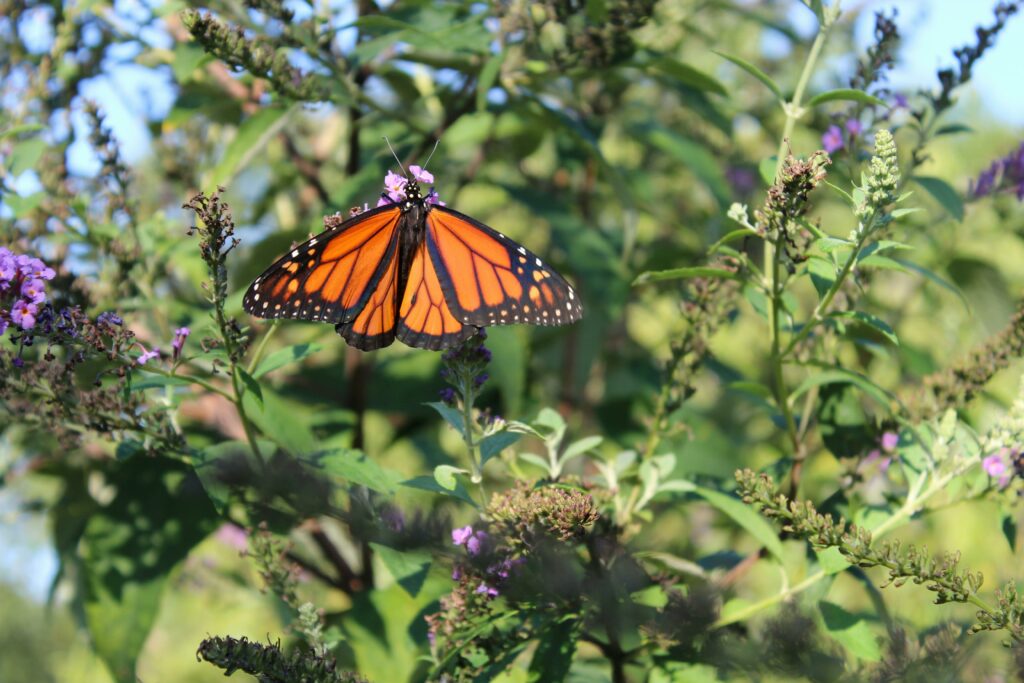Monarch butterflies, with their striking orange and black wings, are not just beautiful—they’re vital pollinators and a symbol of ecosystem health. Sadly, habitat loss and climate change have led to declining populations. By planting the right flora, you can create a monarch-friendly garden that supports their entire lifecycle, from caterpillar to butterfly. Here’s a guide to the best plants for attracting these iconic insects.
Why Monarchs Need Two Types of Plants
Monarchs rely on host plants for breeding and nectar plants for nourishment:
-
Host plants: Milkweed is the only plant where monarchs lay eggs, and it’s the sole food source for caterpillars.
-
Nectar plants: Flowering plants provide energy-rich nectar for adult butterflies during their migration and breeding.
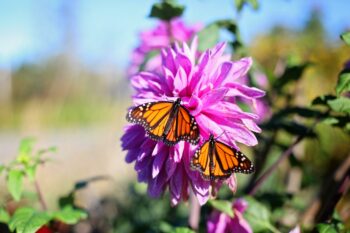
Host Plant: Milkweed (Asclepias spp.)
No milkweed = no monarchs. Here are top varieties to plant:
Common Milkweed (Asclepias syriaca)
Features: Fragrant pink blooms; thrives in dry, sunny areas.
Why monarchs love it: Large leaves feed hungry caterpillars.
Growing tip: Spreads aggressively—plant in naturalized areas or containers.
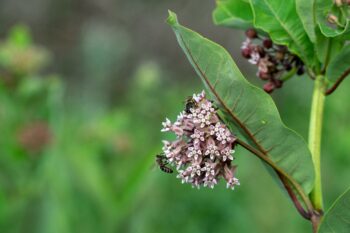
Swamp Milkweed (Asclepias incarnata)
Features: Rose-pink flowers; prefers moist soil.
Why monarchs love it: Less fibrous leaves are easier for caterpillars to eat.
Growing tip: Perfect for rain gardens or damp spots.
Butterfly Weed (Asclepias tuberosa)
Features: Vibrant orange blooms; drought-tolerant.
Why monarchs love it: A long-lasting nectar source.
Growing tip: Needs well-drained soil; avoid overwatering.
Pro Tip: Choose native milkweed species to avoid disrupting migration patterns (e.g., avoid tropical milkweed in southern regions).
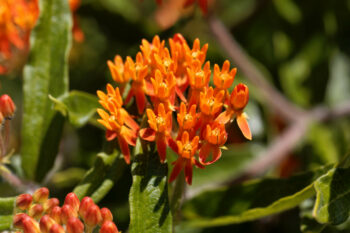
Nectar Plants for Adult Monarchs
Plant these blooms to fuel monarchs during their 3,000-mile migration:
Coneflower (Echinacea purpurea)
Bloom Time: Summer to fall.
Features: Purple-petaled flowers with spiky centers.
Growing tip: Drought-resistant; thrives in full sun.
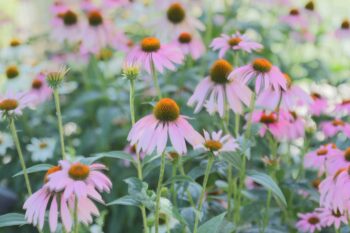
Goldenrod (Solidago spp.)
Bloom Time: Late summer to fall.
Features: Bright yellow plumes; critical for fall migration.
Growing tip: Misunderstood as a weed—it doesn’t cause allergies!

Zinnias (Zinnia elegans)
Bloom Time: Summer to frost.
Features: Bold colors in red, orange, and pink.
Growing tip: Easy-to-grow annuals; deadhead for continuous blooms.

Lantana (Lantana camara)
Bloom Time: Spring to fall.
Features: Clusters of tiny, multicolored flowers.
Growing tip: Heat-loving; great in containers or borders.
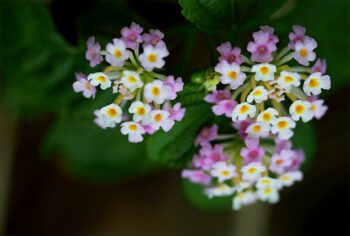
Asters (Symphyotrichum spp.)
Bloom Time: Fall.
Features: Daisy-like flowers in purple, pink, or white.
Growing tip: Pair with goldenrod for a fall nectar powerhouse.
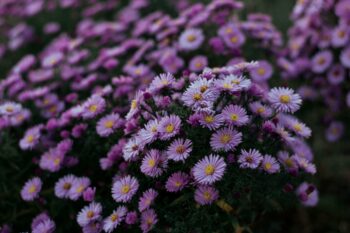
Gardening Tips for Monarch Success
-
Plant in clusters: Grouping flowers makes them easier for monarchs to spot.
-
Avoid pesticides: Even organic options like neem oil can harm caterpillars.
-
Sunlight: Most milkweed and nectar plants need 6+ hours of sun daily.
-
Continuous blooms: Include plants that flower at different times for season-long support.
Be Part of the Solution
By adding milkweed and nectar-rich flowers to your garden, you’re creating a pit stop for monarchs to feed, breed, and thrive. Every patch counts—whether it’s a backyard garden or a balcony planter. Together, we can help preserve these magnificent butterflies for generations to come. 🦋
Ready to transform your outdoor space into a stunning, butterfly-friendly garden? Contact Ryno Lawn Care today for expert landscaping services that bring your vision to life. Visit Ryno Lawn Care Landscaping Services to schedule your consultation and start creating the perfect garden oasis!
Happy planting!

